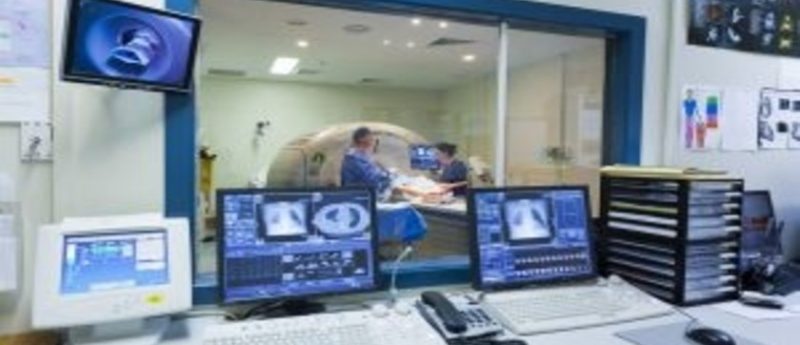New imaging technique could represent a major advancement in prostate cancer detection

The University of Alabama at Birmingham Program for Personalized Prostate Cancer Care (AL, USA) is the first institution in the South East USA to offer the latest advancement in prostate cancer detection: magnetic resonance imaging and ultrasound fusion-guided biopsy (MRI-US). This new technology promises benefits for both patients and physicians.
Jeffrey Nix and Soroush Rais-Bahrami, colleagues from the University of Alabama’s Department of Urology, are two of a small number of urologists within the US trained in the use of this technique. As fellows, they both studied MRI-US image fusion at the National Cancer Institute (USA) and have a combined experience of 5 years with this technology.
Rais-Bahrami and Nix explain this technique offers a ‘targeted biopsy’, allowing for direct tissue sampling from areas of concern as identified on an MRI, while traditional biopsies involve a random systematic sampling from a range of ‘ZIP-code’ regions of the prostate.
“We are utilizing prostate MRI and fusing it with real-time ultrasound for image-guided prostate biopsies; this can detect prostate cancer with high accuracy, and it accurately targets lesions of concern defined by MRI,” elaborated Nix. “This improves overall detection compared to standard biopsy and, more importantly, has the potential to give clinicians and patients a more accurate picture of their true disease burden by allowing improvements in staging.”
Nix highlighted the positive outcomes from previous studies of this new technique. Research has shown that utilizing this technology increases both high-risk cancer detection rate and overall cancer detection rate, as well as improving staging for patients considering active surveillance.
“The technique is expected to be especially helpful in cases of men with a history of negative biopsies who are still suspected of having cancer due to a persistently unexplained elevated prostate-specific antigen level, patients with enlarged prostates and patients being guided toward active surveillance for improved staging,” reported Rais-Bahrami.
Further, a patient’s experience with MRI-US fusion-guided biopsy is the same as traditional techniques, in that it is a clinic-based technique that can be performed under local anesthesia, but with the increased accuracy of a targeted approach.
“I have a patient who had five previous biopsy sessions over the past seven years, and he’s had persistently elevated PSA, yet each biopsy came back negative,” Rais-Bahrami recalled. “When he came to us and had the MRI-US fusion-guided biopsy, we were able to target areas that we identified with our radiologists as areas of concern, and one in fact came back as cancerous. This is probably what’s been there causing his PSA elevation all this time; however, it was hidden to all these biopsy sessions over the past seven years.”
The National Cancer Institute has estimated 240,000 new cases of prostate cancer will be identified in 2014, with upwards of 29,000 deaths resulting from the disease.
“We’ve been offering this technology at the University of Alabama at Birmingham for the last year, and we’ve seen a lot of success,” Nix continued. “I have had several patients who were on active surveillance, and the MRI-US fusion biopsy discovered significantly more extensive disease. Those patients were able to go on to treatment and to cancer cure. It turned out some patients had prostate cancer even after they had multiple biopsies that came back negative; this enabled them to make more informed decisions on appropriate treatment.”
“This is the first major advancement in prostate cancer detection in more than 30 years, and it’s a significant improvement,” summarized Nix.
Source: the University of Alabama at Birmingham press release